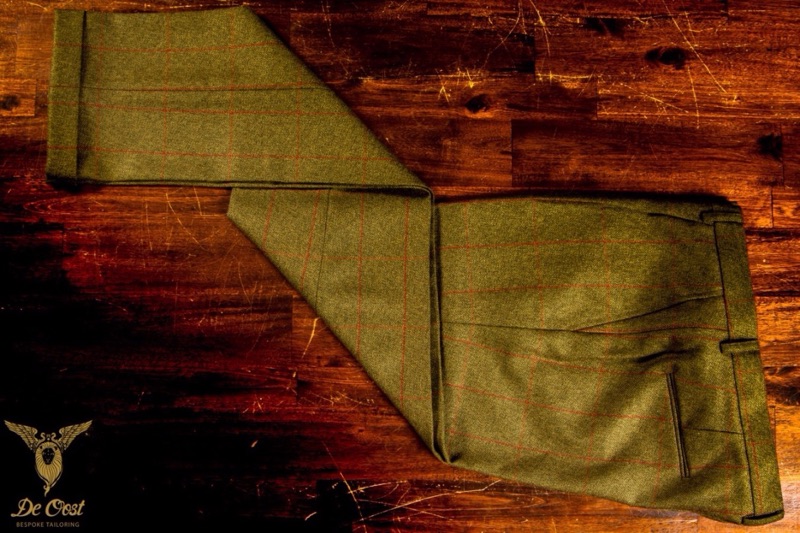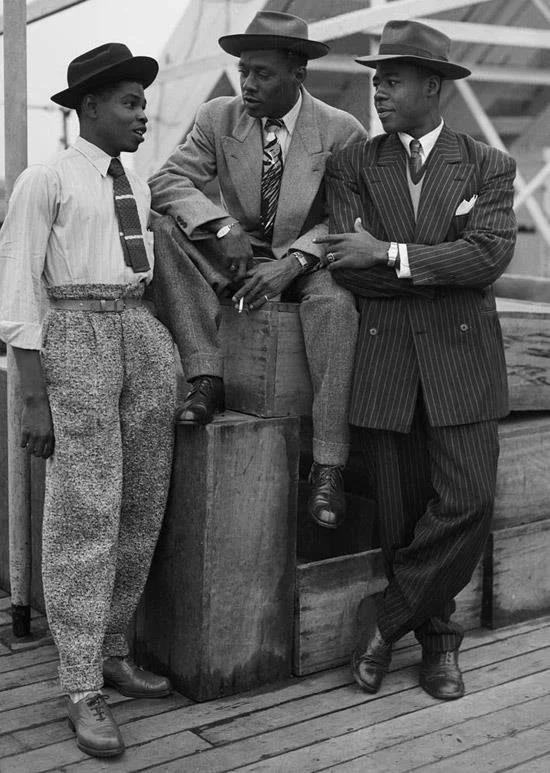It seems like jeans are the go to pants for covering ones legs, even paired with sports coats for semi-casual situations. Comfort and casualness are pointed to as the reasons the once rebellious jeans have made such an arrival on the sartorial scene. But there is a more stylish and perhaps just as comfortable alternative to the jeans: the humble trousers.
Trousers are the more traditional alternative to jeans when it comes to semi-casual and formal wear. Ever since Beau Brummel donned the first pair of modern full-length trousers centuries ago, the trouser has been worn by men of differing backgrounds, social standings, economic classes and political beliefs around the world and across the decades. The trouser is truly a garment that binds men together. It is the article for every man, for trousers lend themselves to be tweaked, adjusted, shortened and changed according to the individual’s needs.
Men’s Trouser Styles
And like everything else, there have been countless different styles of trousers. However, today there are two main styles that focus primarily upon the front: first, the flat front trouser and second, the pleated trouser.
The more traditional and stylistic pleated trousers have pleats of material that fold down the front from below the waistband on either side of the fly. Personally, I believe these pleats look great and add a touch of style while giving my hips and legs extra room and freedom to move. Pleated trousers are perfect for the business setting where more traditional styles are acceptable, though they can be worn for nearly ever occasion.
The flat front, while a very old style, has been adopted by fashion-setters as the new and hip style of trousers, often worn low on the hips. Unlike the pleated trousers, flat front trousers lack any sort of pleats down the front. The clean lines of flat front trousers lend themselves to be worn with fitted jackets and sleek accessories and are popular with younger trouser wearers, though flat front trousers can effectively be worn by anyone who desires.
The style of trouser front depends upon personal preference
Another stylistic consideration that must be taken into view is trouser cuffs (or the lack thereof). A cuff is an upturned flap of material that goes all the way around the leg hem. A cuff requires extra material to create and therefore adds more weight to the trouser leg, making the trousers hang and drape very well from the wearer’s body.
Cuffs can be made in a variety of depths, anywhere from one inch to two inches though these are merely general boundaries. A 1 ½” deep cuff is considered to be a good middle point. Cuffs are a traditional style and, as you’ll find out below, may be a requirement depending upon the style of trouser that is chosen.
Cuffs must be made on trousers with pleated fronts. This is a requirement that not only has a long tradition but balances out the trousers, keeping the trousers from being too busy on top. However, flat front trousers can be made with or without cuffs, though traditionally cuffs are preferred.
A Man’s Body Type and Trouser Selection
What style of trousers you choose depends partly upon personal preference and partly on body type.
Body type can play an important role in choosing trouser styles. While skinny, long legged men can effectively wear both the flat front and pleated trousers, portly or shorter men must be more careful when picking a style. Depending upon individual body shape, larger men may want to avoid pleated trousers as the extra bulk of the pleats could add extra pounds of visual weight.
Try on the two different styles of trousers and see which you prefer the most. Once you do pick out your favorite style, it’s time to know how to wear them.
Over time trouser styles change and can form great inspiration to give your trousers a certain 'signature'
While styles have changed over the years, wearing trousers has for the most part stayed the same. While young hipsters and fashion designers like low waisted trousers that ride around the hips, the stylish and traditional way to wear trousers is around your waist.
Wearing them around your waist does three things for you:
First, it give the wearer the appearance of longer legs, especially for guys who are short-legged. As well as the appearance of longer legs, wearing trousers at the waist keeps the torso looking short and thereby making the proportions of the wearer look right.
Low hip-riding trousers do the opposite: they make the torso appear long and the legs short, throwing proportions out of harmony.
Secondly, wearing them at your waist makes it easier to keep your trousers up. The expanding hips keep a well-fitted pair of trousers from slipping down too far. This can further be enhanced through the use of a belt or suspenders.
And lastly, wearing trousers at the waist is much more comfortable than wearing them at the hips, where they dig in and slip down. The crotch of the trousers are also where they are supposed to be when worn at the waist, allowing for better movement and flexibility.
The ˜wear at the waist’ rule especially applies for robust men. Bigger men should wear their trousers around their waist and stomach as this not only more effective in keeping the trousers in place than at the hips, but it looks better.
Trousers will drape better if hung around the stomach than if it is placed below the stomach. And it will be more comfortable.
A Man Wears Trousers With Pride
*Source: real men real style






